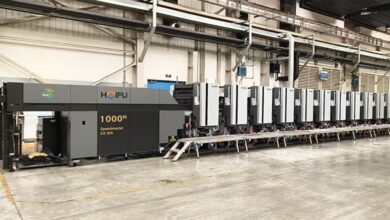
In a new step, the Dubai Culture & Arts Authority (Dubai Culture) announced the signing of a cooperation and partnership agreement with Zoho Corporation, the Indian multinational technology company, to support the digital transformation of creative entrepreneurs in the emirate, enhance the efficiency of their business, and simplify their operational processes daily.
The agreement was signed by Hala Badri, Director General of Dubai Culture, and Hyther Nizam, President of Zoho Middle East & Africa (MEA). This new public-private partnership (PPP) aims to support the business community in Dubai by making enterprise-level software available and affordable. Zoho’s 50+ apps can help businesses transition the operations online, using technology to grow, reduce costs, and create efficiency in the workplace.
The new partnership will allow registered members to manage their own businesses using the Zoho One, the all-new unified operating system that offers a range of tools to help build custom applications, create specialized workflows, and automate business processes. The system includes a set of applications that enable businesses to manage sales and marketing, productivity, human resource management, financial management, and other administrative matters.
Zoho Commerce is a complete e-commerce platform – designed exclusively for online selling – built to take on the needs of every small- and medium-sized business, containing tools to build a website, accept orders, track inventory, process payments, manage shipping, brand marketing, and analyzing data.
“At Dubai Culture, we realize the importance of investing in future technology and advanced digital means in achieving excellence in institutional performance. This is in line with the emirate’s orientation towards a competitive global economy, enhanced by advanced technology, and consolidating Dubai’s position as an incubator for innovators and a global capital of creative economy,” said Badri of Dubai Culture.





